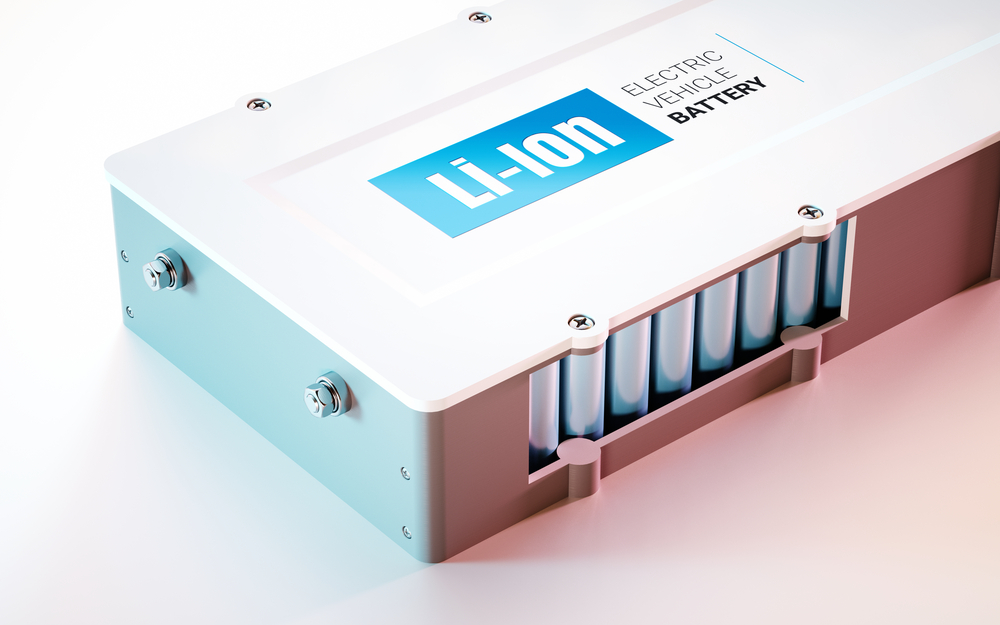Borane (BH3) is a simple molecule comprising a central borate atom ionically bound to three hydrogen atoms. It is a highly reactive molecule with numerous derivative compounds including metal borohydrides; a unique family of solids with outstanding ionic conductivities. Materials scientists and chemists have recognized standard borane and various metal borohydrides as potential hydrogen storage devices due to their unusual ionic behaviors. Various borohydrides have also been earmarked as suitable electrolytes in solid-state lithium-ion batteries.

Mass spectrometers have been employed in studies assessing the conductivity of metal borohydrides to help characterize the thermodynamic properties and electrochemical stability of borate compounds with different electrode materials. It is vital that the stability of borohydride compounds is measured at low to high voltages to help determine the real-world applicability of the material in energy storage applications. More important is the complete elimination of moisture content to ensure that thermal stability values are solely applicable to dry, purified samples.
This scope of research has been expanded to include so-called higher borane compounds such as silver closo borane. These compounds are synthesized in laboratory conditions, displaying the chemical formulae Ag2B12H12 and Ag2B10H10. Synthesis simply requires the metallic borohydride to be complexed with silver in an aqueous solvent, resulting in high-purity silver closo borane. This metallic silver electrolyte is then reduced using the electron beam of a transmission electron microscope (TEM). Before conductivity quantification, however, removal of residual water must be assured by a residual gas analysis (RGA) mass spectrometer.
Analysts have relied on mass spectrometers to demonstrate the multifunctionality of unique silver compounds, including high ionic conductivities and semiconducting behavior at room temperature.
Quadrupole Mass Spectrometers for Quantifying Borane Conductivity
Hiden Analytical’s HPR-20 quadrupole mass spectrometer has been used to monitor the release of gases to ensure that borane samples are completely water-free prior to conductivity analysis. This is a critical stage of sample processing as even trace levels of water can affect the measured values of thermal stability.
A full gas spectrum was measured at elevated temperatures to examine the thermal decomposition of the sample during mandatory processing. Studying the residual gases of samples during dehydration is an important factor to measure for conductivity analysis. It is a routine process that ensures the total elimination of cross-contamination and sample moisture content to evaluate the efficiency of synthesis techniques and material purity.
The HPR-20 quadrupole mass spectrometer successfully demonstrated its capacity for conductor and semiconductor sample preparation for ion conductivity analysis.
Mass Spectrometers from Hiden Analytical
Hiden Analytical is one of the UK’s leading suppliers of mass spectrometers for industrial and academic applications. We are committed to providing unique analytical systems that exceed the expectations of chemists and materials scientists in cutting-edge fields of research, including the semiconductor and alternate energies sector.
If you would like any more information about our mass spectrometers, please do not hesitate to contact us.

